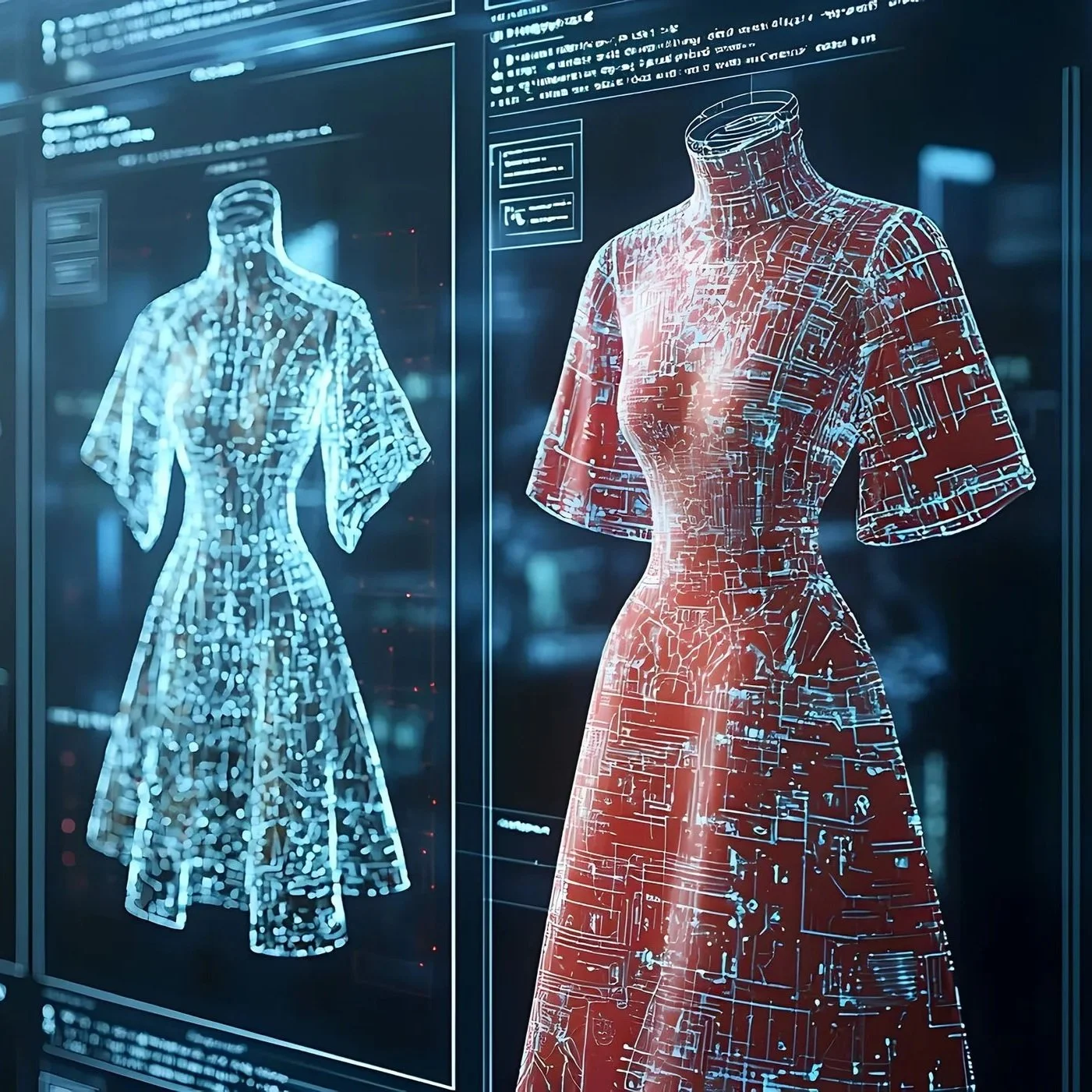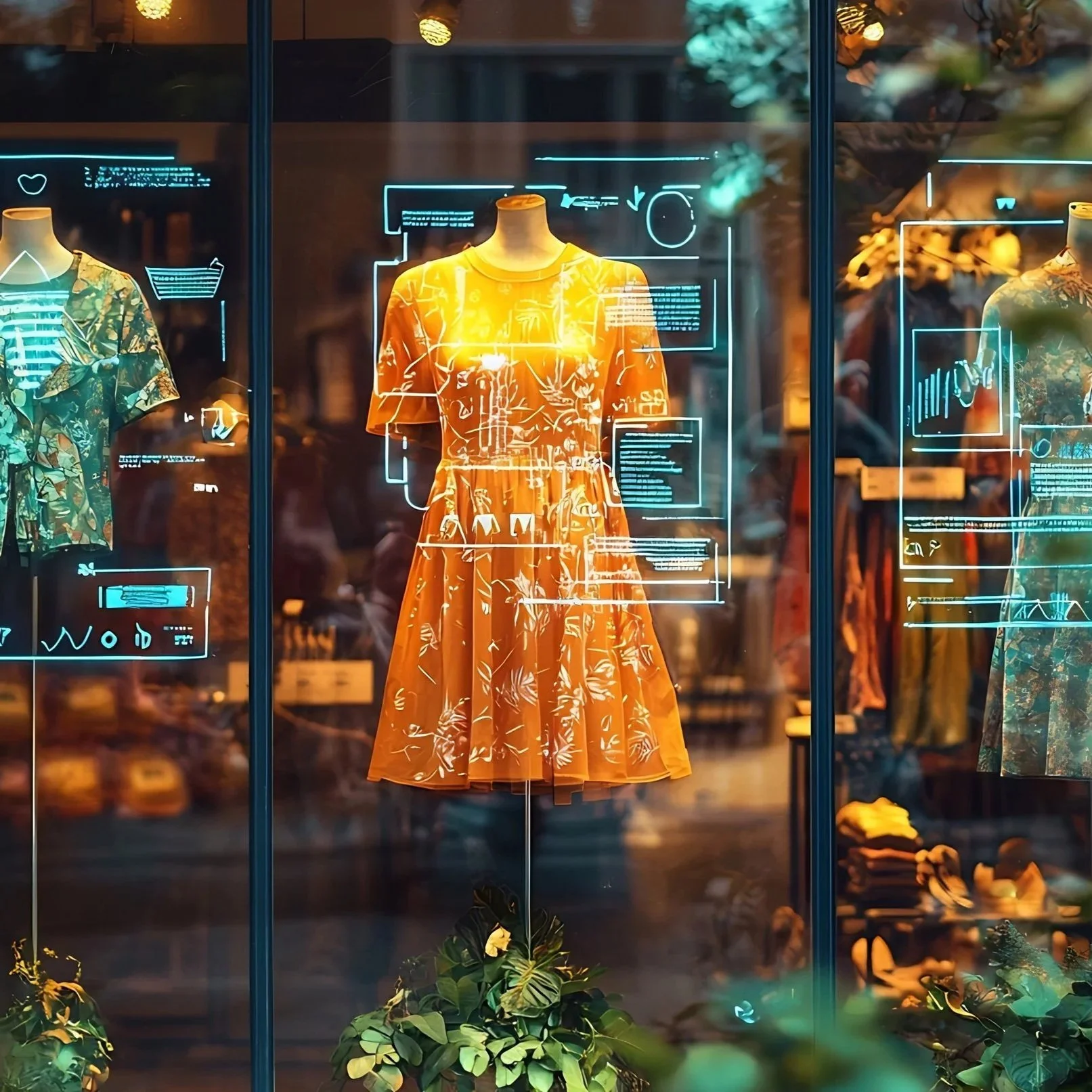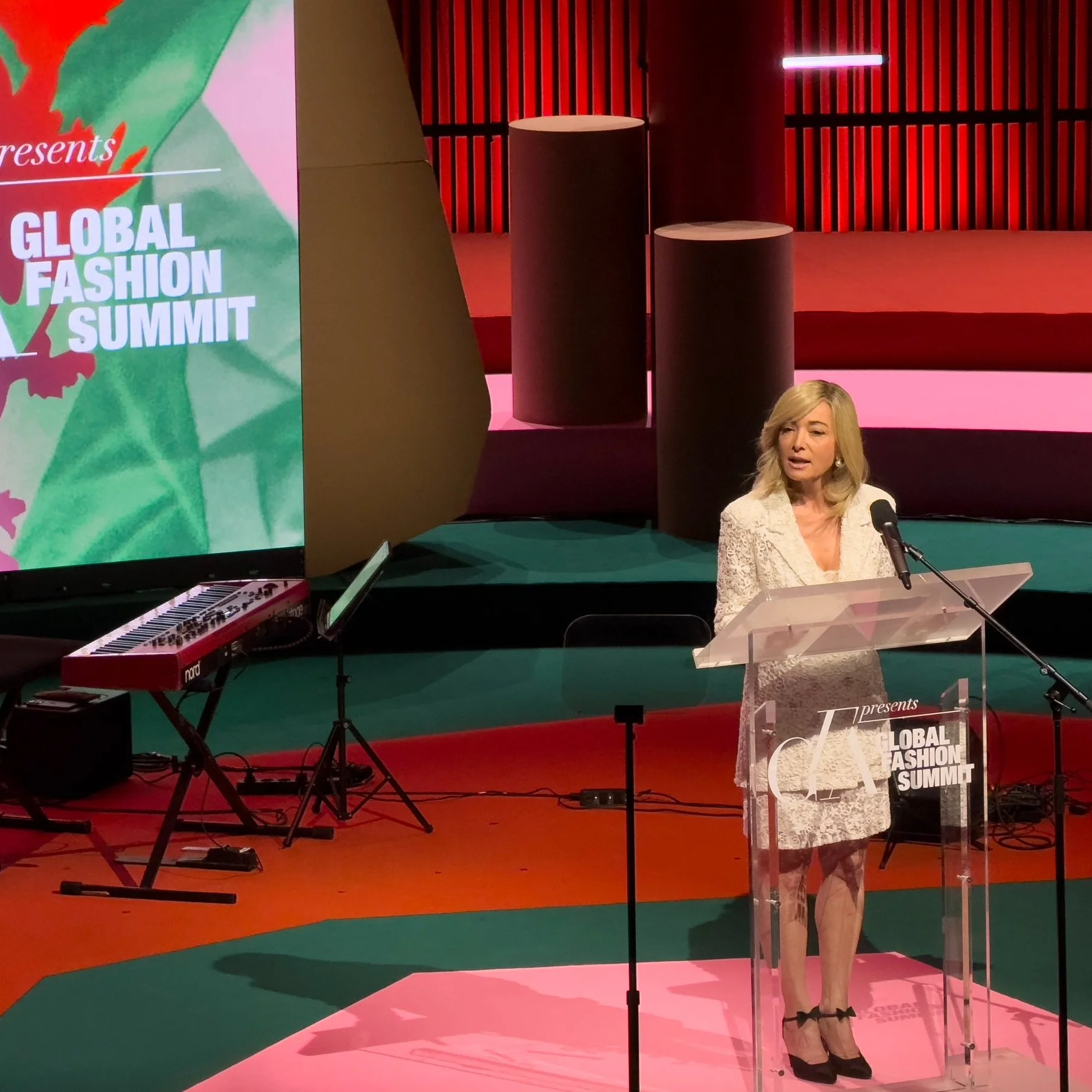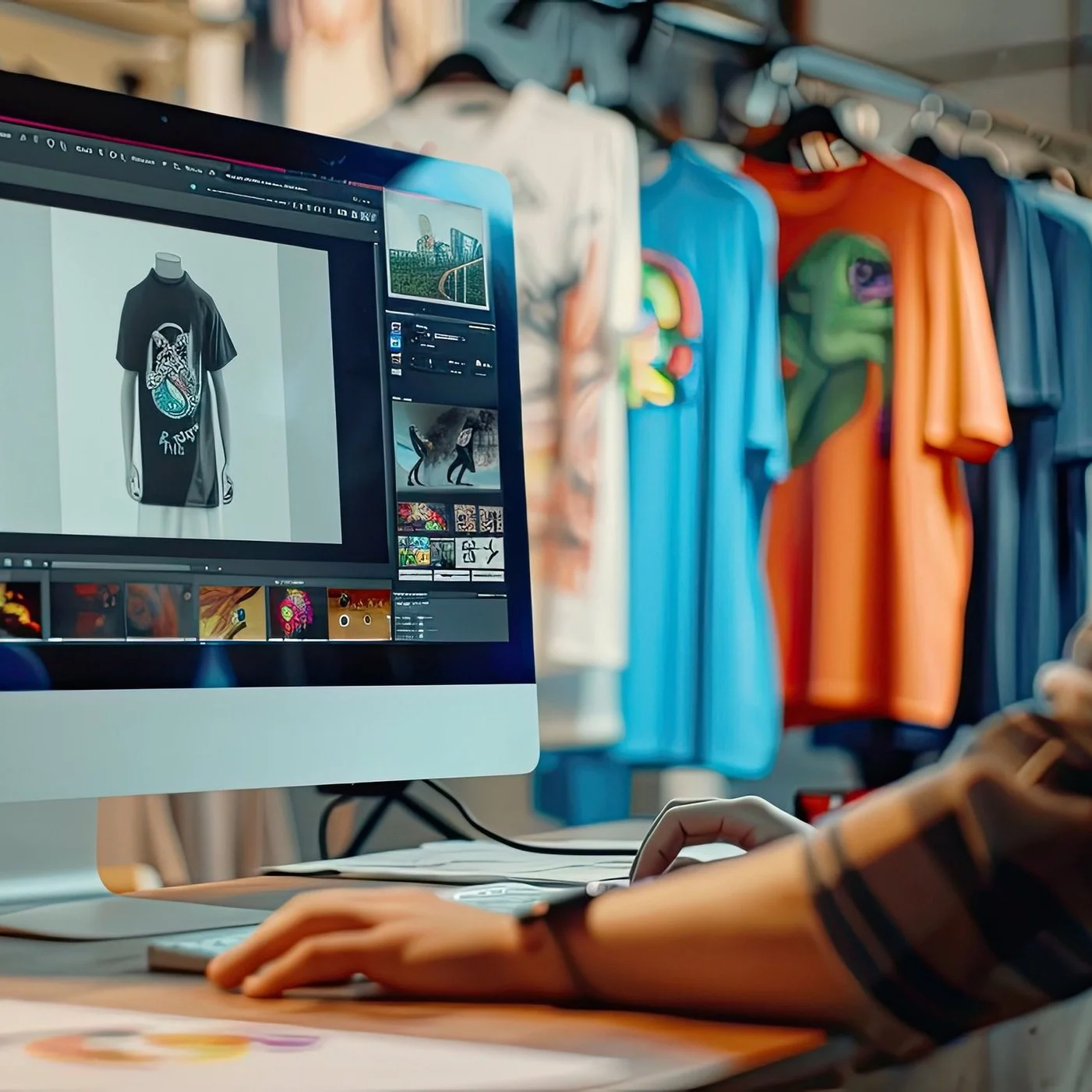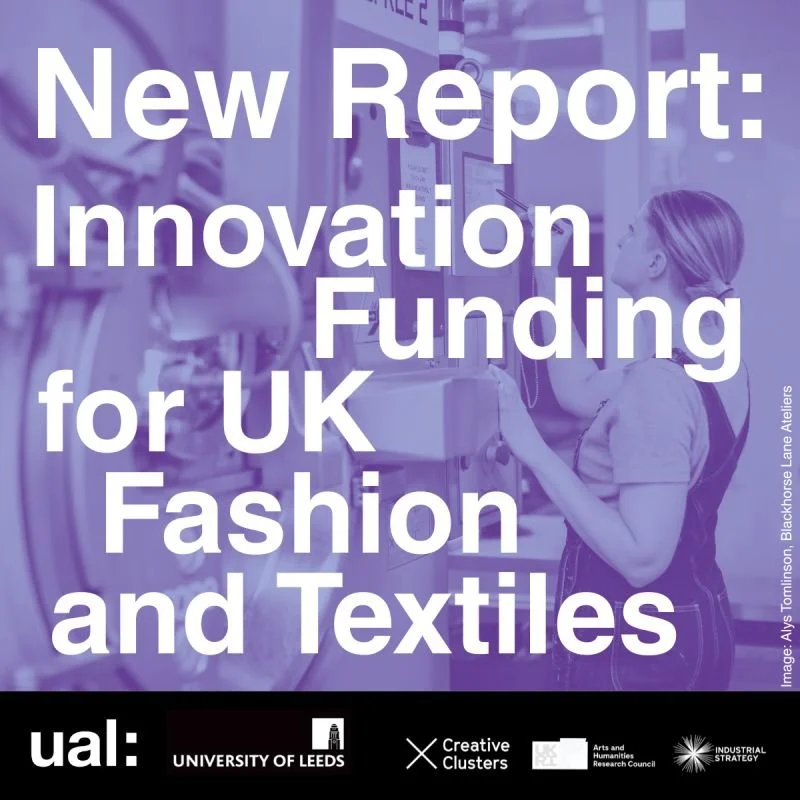RESHORING - A WAKE UP CALL - WHY POST PANDEMIC PARALLEL MANUFACTURING OFFERS SUPPLY CHAIN STABILITY

“The cost of labor though, both in Europe and the US is high, and reshoring the same processes won't cut it, the key for cost reduction is the usage of emerging technologies and automation, coupled with reduction in material waste and adoption of an on-demand model, that keeps inventory levels adjusted to market demand.” - Guy Alroy | EARLY VISION
GUEST BLOG: WRITTEN BY GUY ALROY OF EARLY VISION.
RESHORING - A WAKE UP CALL - SUPPLY CHAIN STABILITY
A year into the Covid19 global fight and we got another kind reminder (Suez Canal Crisis) of how fragile the supply chain may be, and how reshoring must be on the agenda for brands and manufacturers (not to mention countries) around the world.
In early 2020, many industries around the globe were severely impacted due to lack of supplies, raw materials as well as final products due to the Covid outbreak, and China shutting down factories & transportation means . For some, it was a wakeup call, to revisit reshoring initiatives that were neglected, especially at the state/country level, others, forgot the crisis as soon as supplies started to stream again.
The apparel industry has been on the hunt, searching the globe to find the cheapest labor that make the cheapest products, and that was a moving target on its own, starting from China, moving to Vietnam, India, Bangladesh and more…
In many cases, it was all built on volumes while disregarding the impact on our planet.
The pandemic was a rollercoaster, starting with short in supplies, but then the quite opposite, where brick & mortar high inventory levels were a concern, when the stores are closed due to repeatable lockdowns, while the season is changing...
The cost of labor though, both in Europe and the US is high, and reshoring the same processes won't cut it, the key for cost reduction is the usage of emerging technologies and automation, coupled with reduction in material waste and adoption of an on-demand model, that keeps inventory levels adjusted to market demand.
For large apparel brands this shift is sometimes too much, especially in cases where the manufacturing know-how and expertise are no longer available, and has been relocated to the far east years ago. This is where the parallel supply chains model come to mind.
Can parallel supply chains work for the apparel industry?
In the parallel supply chain model, you will source both locally and globally, adjusting them as needed. For companies that sell both online as well as through physical stores, that model can definitely work, where the online demand is routed towards the local manufacturers (or at least parts of it) and the rest is through the traditional model.
And how it relates to what we do at Early.Vision?
We help companies establish the automation & workflow that drives Micro Factories (Print/Cut/Sew) from eCommerce to production.
Our customers print on demand for consumers, brands and soho designers. Most of them also source the fabric locally, so a true local to local story.
With 2-3 days from order to delivery, they really enable the on-demand methodology and at the same time, use digital technology that is significantly more sustainable while saving 20-25% in fabric wastage due to our nesting algorithms.






